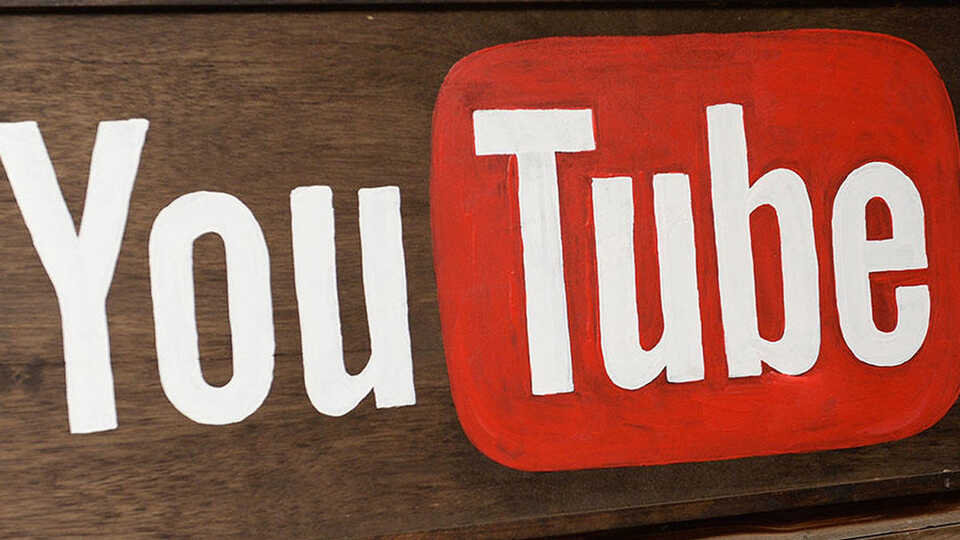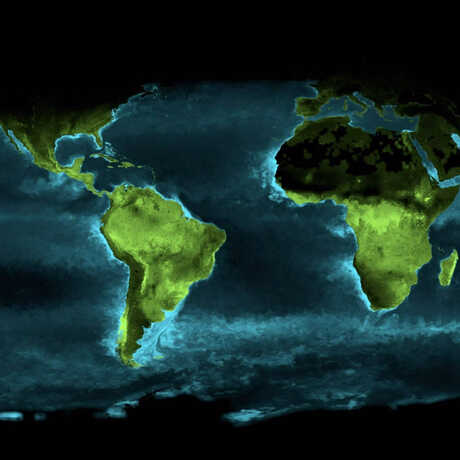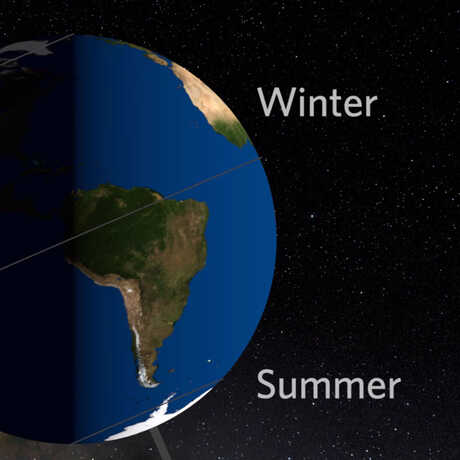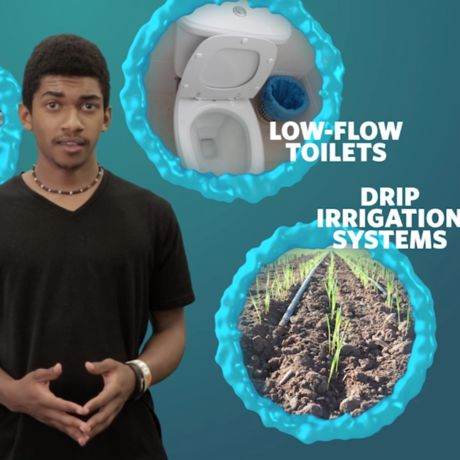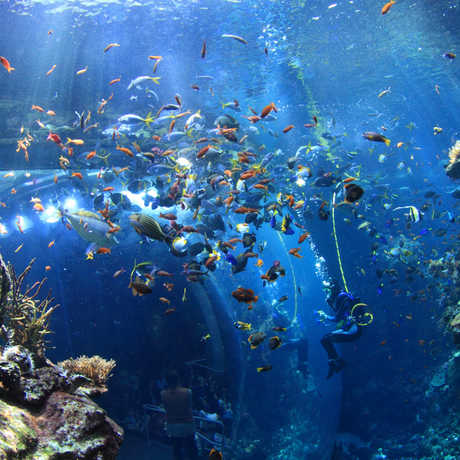Browse a rich array of educational resources from the award-winning show, Habitat Earth.
According to the Common Core English Language Arts Standards for Science & Technical Subjects, middle school students should be able to "compare and contrast the information gained from experiments, simulations, video, or multimedia sources with that gained from reading a text on the same topic."
But that's not the only reason we should be using media in the classroom. Videos are one of the many tools in your teaching toolbox for creating engaging science experiences. To help you better understand strategies for integrating media into your teaching, we've crafted model activities that fulfill a variety of purposes.
